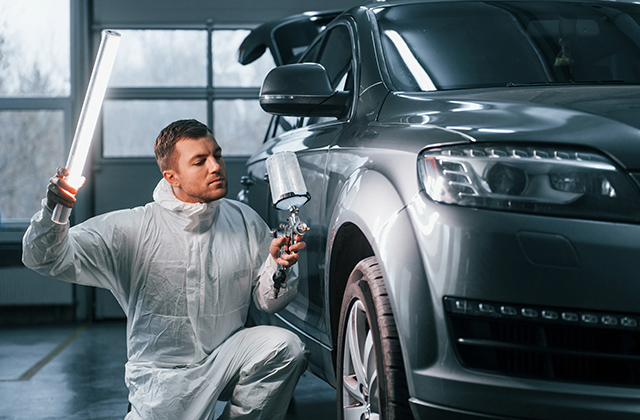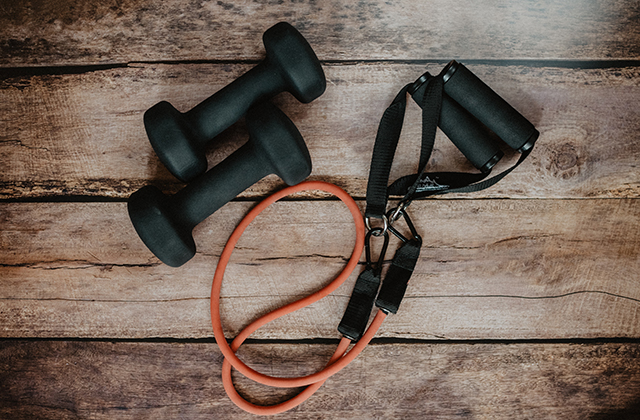Ceramic coatings have revolutionized car care, offering a high-tech solution to protect your vehicle’s exterior. A properly applied ceramic coating can shield your car from environmental contaminants, UV rays, and even minor scratches, all while providing a high-gloss finish that rivals professional detailing. However, like any investment, ceramic coatings require maintenance to ensure they perform optimally and last as long as possible.
In this guide, we’ll discuss essential tips for maintaining your ceramic-coated vehicle, so you can enjoy that brilliant shine and protection for years. Plus, we’ll dive into what makes the best ceramic coating stand out and how to keep it in peak condition.
Understanding Ceramic Coating Basics
Before diving into maintenance tips, it’s crucial to understand what ceramic coatings are and why they need specific care. Ceramic coatings are liquid polymers applied to a car’s exterior, which chemically bond with the factory paint. This process creates a durable, protective layer that is hydrophobic, meaning it repels water and prevents contaminants from bonding with the surface.
This protection is significant because it helps reduce the need for frequent waxing and polishing. However, contrary to popular belief, ceramic coatings are not invincible. While they offer excellent protection, regular maintenance is required to ensure your coating remains effective.
1. Follow a Proper Washing Routine
The most critical step in maintaining your ceramic coating is following a regular and proper washing routine. Even though ceramic coatings repel dirt and water, grime and contaminants can still build up over time, dulling the shine and potentially compromising the coating’s protective abilities.
Here’s a breakdown of the ideal washing process for a ceramic-coated vehicle:
- Use a pH-neutral car shampoo: Harsh detergents and soaps can degrade the ceramic coating. A pH-neutral shampoo is gentle enough to clean the surface without stripping away the protective layer.
- Two-bucket wash method: Use one bucket for soapy water and another for rinsing your wash mitt. This technique helps reduce the risk of scratching your paint with dirt and debris.
- Avoid automated car washes: Most automatic car washes use harsh brushes and chemicals that can damage or wear down the coating. Opt for hand washing whenever possible.
- Wash in the shade: Washing your vehicle in direct sunlight can cause water and soap to dry quickly, leading to water spots. Choose a shaded area to prevent this from happening.
2. Perform Routine Inspections
Regularly inspect your vehicle to assess the condition of the ceramic coating. While ceramic coatings can last for years, they aren’t indestructible. Scratches, swirl marks, and the accumulation of contaminants can still occur. Inspecting your vehicle every few weeks ensures that you catch any issues early before they worsen.
Best ceramic coating products offer exceptional durability, but it’s important to monitor the coating’s effectiveness. If you notice that water no longer beads on the surface, it may be time to rejuvenate the coating or have a professional assess the situation.
3. Decontaminate the Surface Periodically
Even with the superior protection of ceramic coatings, some contaminants can still bond with your car’s surface over time. These contaminants, such as tree sap, bird droppings, and brake dust, can diminish the hydrophobic properties of the coating and reduce its effectiveness. This is where decontamination becomes crucial.
A clay bar treatment is a common method used to remove these stubborn contaminants without damaging the ceramic coating. However, make sure to use a clay bar that is safe for ceramic-coated vehicles to avoid scratching the surface.
In addition to clay barring, consider using an iron fallout remover. This product helps remove embedded iron particles, particularly on wheels, that can deteriorate the coating. Use these decontamination techniques every few months or as needed to maintain your ceramic coating’s integrity.
4. Use a Ceramic Booster Spray
Ceramic booster sprays are a great way to extend the life of your ceramic coating. These sprays are specifically designed to work in tandem with your existing coating, providing an extra layer of protection and enhancing the hydrophobic properties.
Apply a ceramic booster spray after each wash or every few washes. Simply spray it onto the surface, then wipe it down with a microfiber towel. This added protection helps to maintain the coating’s slick, water-repellent finish and keeps your car looking glossy.
The best ceramic coating products often have complementary booster sprays designed to enhance their specific formula. Be sure to use a booster spray that is compatible with the coating on your vehicle.
5. Avoid Parking in Harsh Environments
Where you park your vehicle can impact the longevity of your ceramic coating. While the coating offers excellent protection, it’s still vulnerable to prolonged exposure to extreme conditions. Whenever possible, try to park your car in a garage or under cover to shield it from:
- UV rays: Prolonged exposure to direct sunlight can accelerate the degradation of your ceramic coating and paint. Parking in the shade or using a car cover helps reduce UV damage.
- Tree sap and bird droppings: These contaminants can be acidic and etch into your coating if left untreated. While ceramic coatings provide some protection, it’s always better to avoid parking under trees or areas where birds tend to congregate.
- Extreme weather conditions: Acid rain, road salt, and other environmental pollutants can slowly wear down the protective layer of your coating. Garage parking or a car cover is ideal during harsh weather.
6. Use the Right Tools for Drying
Drying your car is an essential step in maintaining the appearance of your ceramic coating. However, improper drying techniques can introduce swirl marks and scratches, which may compromise the protective layer.
- Use microfiber towels: Microfiber towels are soft and absorbent, making them ideal for drying a ceramic-coated car without causing damage.
- Blow dry with a leaf blower: For a touch-free drying experience, use a leaf blower or dedicated car dryer to remove water from the surface. This method minimizes the risk of scratching.
- Dry gently: If using towels, be sure to dab or gently wipe the surface. Avoid applying too much pressure, as this can introduce swirl marks.
7. Schedule Professional Maintenance
While DIY maintenance goes a long way in keeping your ceramic coating in top shape, professional care can help ensure its longevity. Many detailers offer maintenance packages specifically for ceramic-coated vehicles, which may include touch-ups, decontamination treatments, and reapplication of the coating where needed.
A professional will also have access to the best ceramic coating maintenance products, ensuring your vehicle receives top-quality care.
Conclusion
Maintaining your ceramic-coated vehicle requires a combination of proper washing techniques, regular inspections, and the use of specialized products. By following these essential tips, you can ensure that your ceramic coating remains effective, keeping your car looking glossy and protected from the elements.
Remember, even the best ceramic coating requires maintenance to preserve its protective qualities. By dedicating time to routine care, you’ll enjoy the benefits of a pristine, high-gloss finish that stands the test of time, helping your car look its best for years to come. Read this article for proper maintenance of your ceramic coating.



